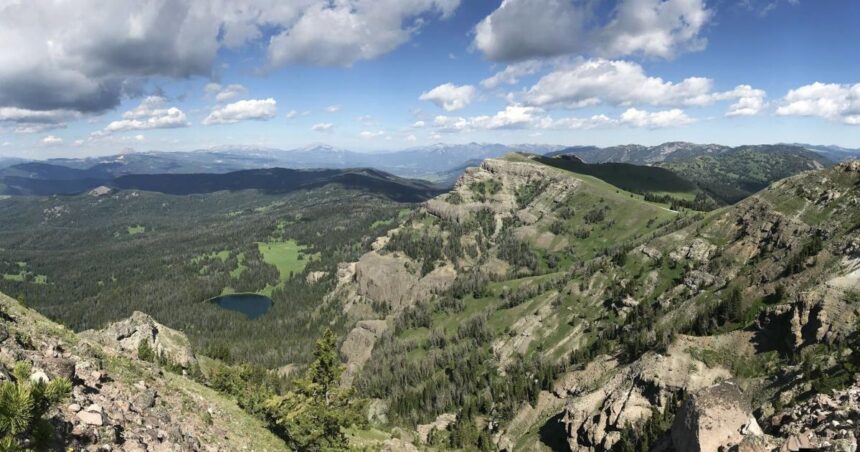The Gallatin Forest Partnership recently unveiled proposed federal legislation to permanently protect 250,000 acres of public land in the Madison and Gallatin mountain ranges.
The Greater Yellowstone Conservation and Recreation Act, developed by a coalition of 14 groups, aims to protect drinking water, provide balanced outdoor recreation access, conserve wildlife habitat and prevent further industrial development.
The proposed legislation would designate 124,000 acres of new wilderness, create the 102,000-acre Gallatin Wilderness Area and add 22,000 acres to the Lee Metcalf Wilderness. If passed, the act will prohibit new roads, trails and motorized or mechanized use in these areas.
“Land is not something we own; it’s not something that belongs to us; this land is something that we are part of, and this land is something we belong to,” said Chris Nygren, a member of the Back Country Horsemen of Montana.
People are also reading…
In addition to the proposed new wilderness areas, the act would designate 70,000 acres in Hyalite Canyon, Bozeman Creek and South Cottonwood drainages as a watershed to protect Bozeman’s water supply. It also proposes preserving trail access and preventing development, mining, and timber harvesting across 31,000 acres at the southern end of the Gallatin Range, along with safeguarding 25,000 acres in the northeast Gallatin Range from mining and new road construction.
“It’s been amazing to watch the entire Bozeman community grow,” said Ian Jones, founder and vice president of the Southwest Montana Mountain Bike Association and member of the Gallatin Forest Partnership on his decade in Bozeman. “But it is something that is putting a lot of stress on our environment.”
The Madison and Gallatin ranges are protected under the current Forest Service management plan, which aims to safeguard forests and promote cross-boundary, large-scale forest restoration and management.
However, these protections are not permanent, according to the Greater Yellowstone Coalition.
“What we’re hoping to do with this legislation is provide some long-term protection to the range, the wildlife on the range, recreational opportunities on the range, and provide something that our children and our children’s children will still have the same experience that we’re having today,” Jones said.
The proposed legislation took over a decade to reach its current state, with three years dedicated solely to the initial proposal, which according to Jones, was adopted by the Forest Service as part of its forest plan.
Despite working on the act for only two years, Kathryn Eklund, a member of the Gallatin Forest Partnership and southwest Montana community conservation specialist at The Wilderness Society, feels optimistic about the proposed legislation.
“I think it would be amazing,” she said. “It would mean that collaboration works and that we can still, as a country, come together and make decisions from the center where everyone wins.”
While the delegation’s adoption timeline remains unclear, Jones expressed willingness to wait for the act to eventually become legislation.
Jones said he plans to continue promoting the act within the community, building grassroots support and maintaining momentum around the proposed legislation.
“Realistically, things don’t work that fast in Washington. If it happens in the next five years, I’d be incredibly happy. If it happens in the next 10 years, I’d still be very happy. If it happens in the next 30 years, I’ll be content,” Jones said.





